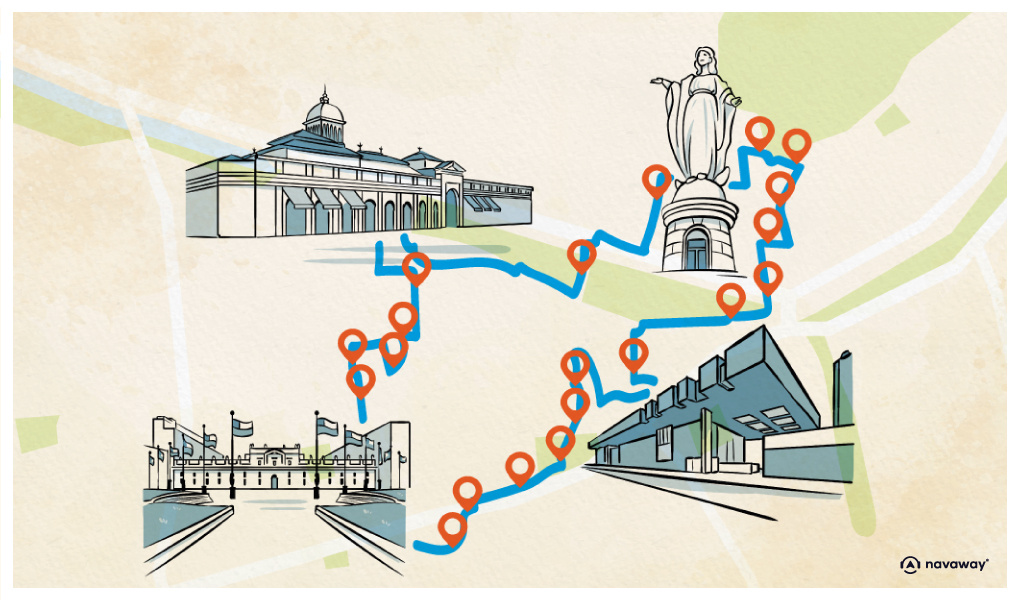
Palacio de la Moneda
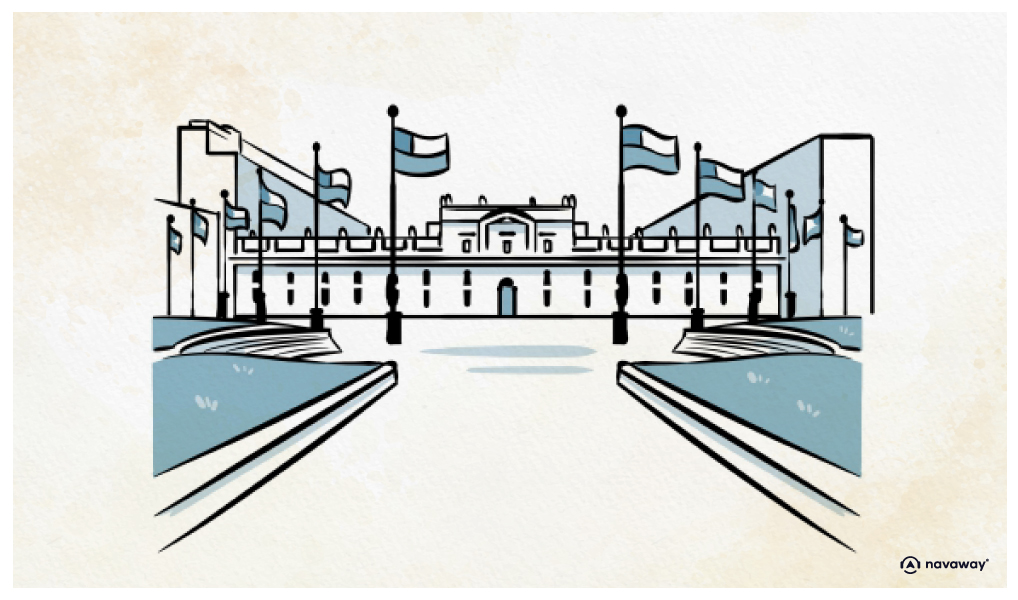
This point of interest is available as audio on the tour: Visit Santiago, Between Ocean and Andes
You’re now standing on the other side of the grand Palacio de La Moneda, the official residence of Chile’s president. It’s called the Palace of the Mint because it started out as the country’s coin mint in 1814, and held this role until 1922, even though the presidential offices had already moved in by 1846. The palace was designed in an elegant neoclassical style by Italian architect Joaquín Toesca, who also worked on Santiago’s cathedral. La Moneda has been at the center of some of Chile’s most pivotal moments, especially the tragic events of the 1973 military coup. On the morning of September 11th, tanks rolled into the capital. By 5:45 a.m., the military had seized control of radio stations, phone lines, and telegraph offices. Inside the palace, President Salvador Allende made five final radio addresses, vowing not to flee and to defend the government he believed represented the will of the people. Elected in 1970 by a narrow margin, Allende was a socialist backed by a left-wing coalition aiming to transform Chile through sweeping nationalisations and reforms, an agenda that alarmed Chile’s elite and the United States. With Cold War tensions running high, Washington wasn’t going to allow another country to lean toward communism. The U.S. first tried to block Allende’s election and later supported and funded the coup that brought in 15 years of dictatorship. An aircraft was offered to evacuate the president, but he refused to leave. At 9:10 a.m., La Moneda came under fire and was then bombed by fighter jets. Those still inside eventually emerged under a white flag—but Allende wasn’t with them. He had taken his own life with a submachine gun rather than surrender to General Pinochet. What followed was a dark chapter in Chilean history. Martial law was declared, Congress was dissolved, independent media were shut down, and union freedoms were suspended. Over 100,000 people were arrested. Out of a population of ten million, more than 3,200 people were killed or disappeared, around 35,000 were tortured, and over 200,000 were forced into exile. Pinochet ruled for 15 years. In a surprising move, he held a national plebiscite in 1988 to legitimise his rule—and lost, with 56% voting “No.” This moment was later captured in the film No by Pablo Larraín, starring Gael García Bernal—definitely worth a watch. Pinochet handed over power in 1990 but stayed on as army chief until 1998, when he was arrested in London under an international warrant filed in Spain for crimes including genocide, terrorism, and torture. He was released on health grounds in 2000 and returned to Chile, where he died in 2006 before the trial ended. As for La Moneda, it was heavily damaged in the bombing and took over a decade to fully restore. Today, you can book a free guided tour of the building, and just beneath the esplanade you’ll find the La Moneda Cultural Center. It’s free to visit and offers rotating exhibitions, making it one of Santiago’s most popular cultural spots.

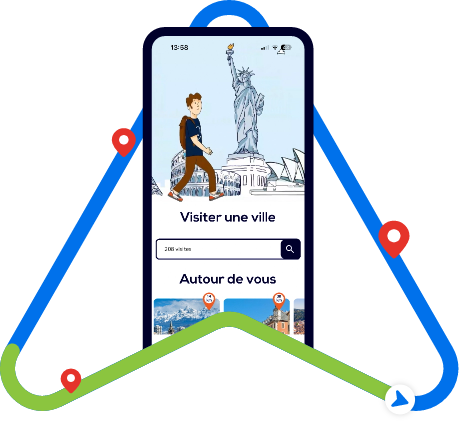
Discover Santiago with app
An interactive guide through the most beautiful streets, squares, and districts
26 fun audioguides full of historical facts, anecdotes, and legends
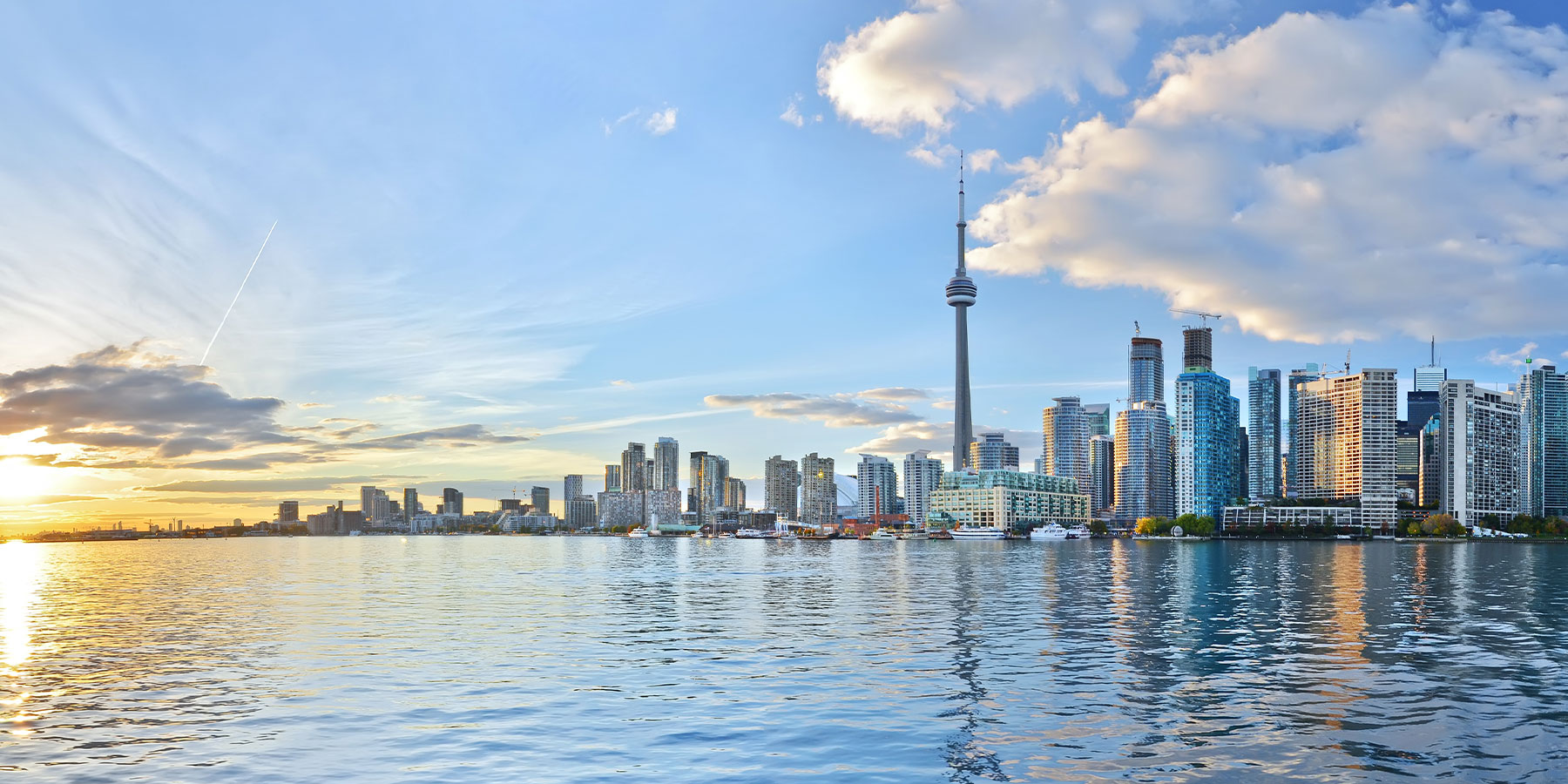
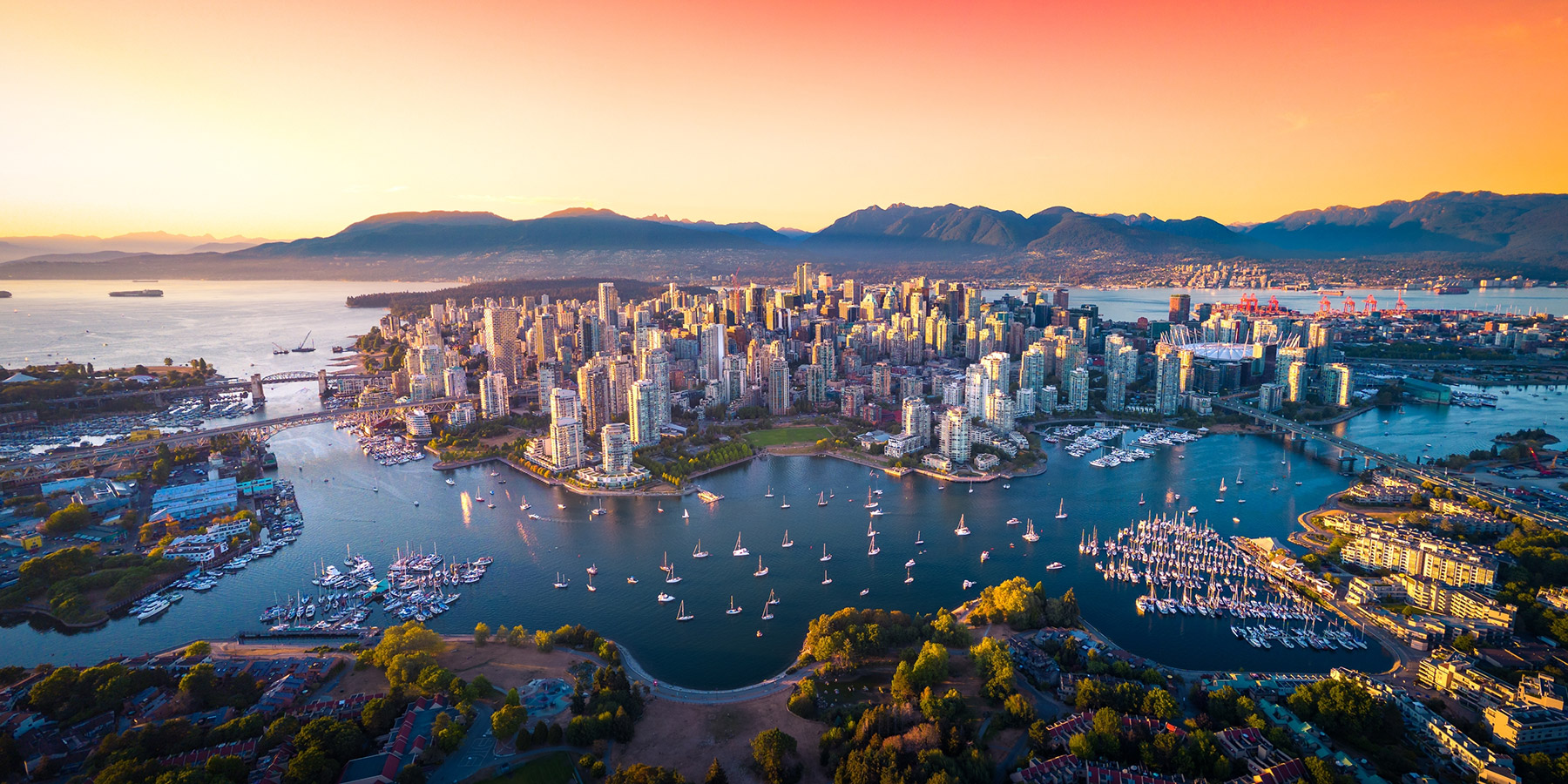
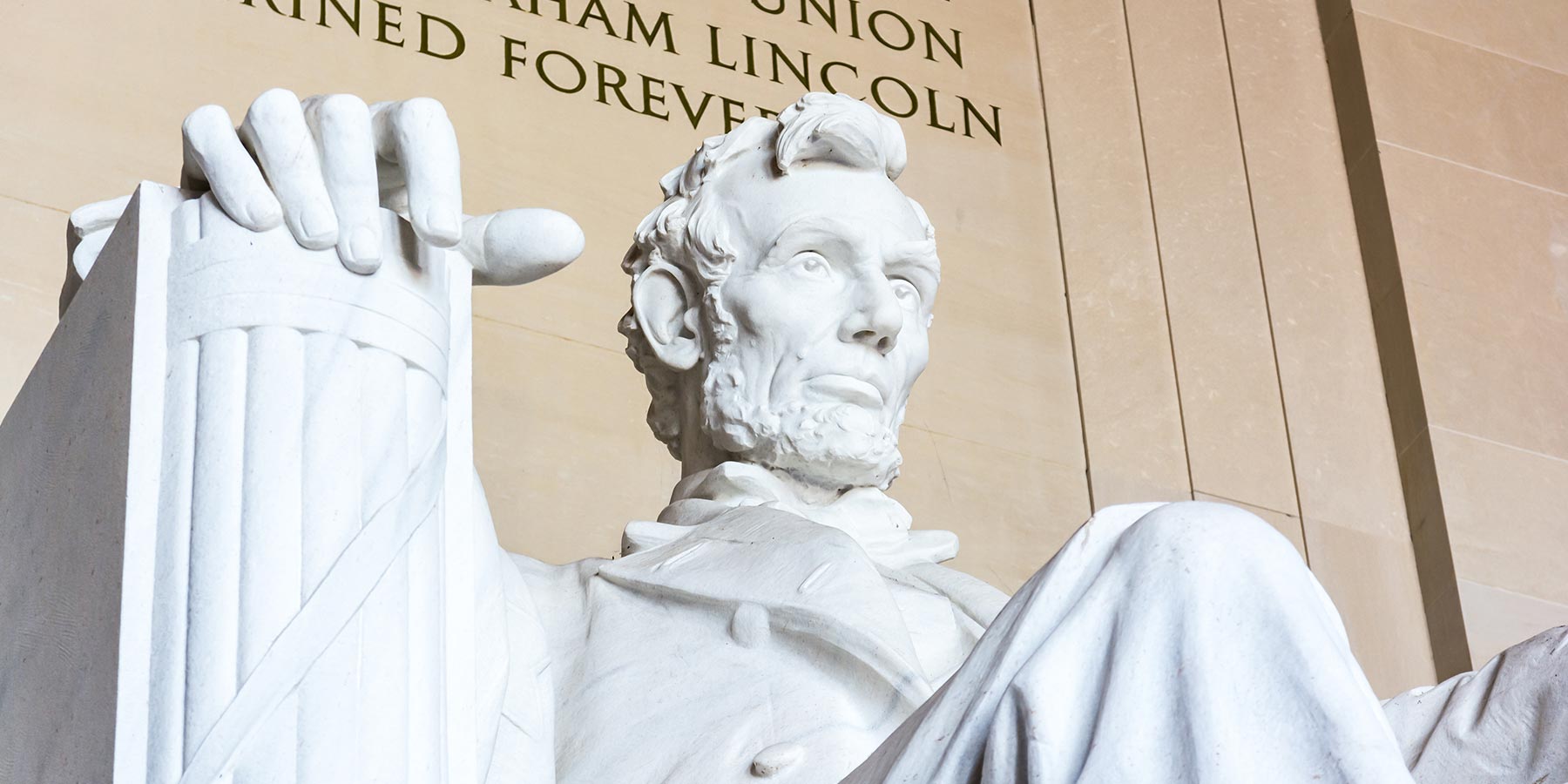
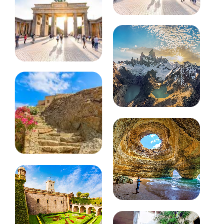

Comments